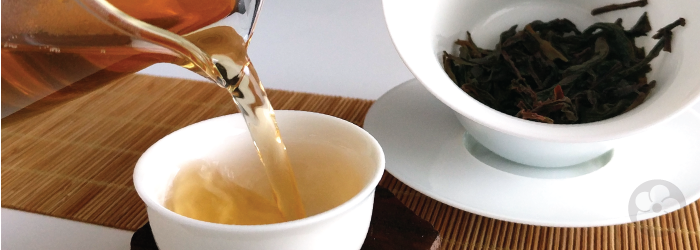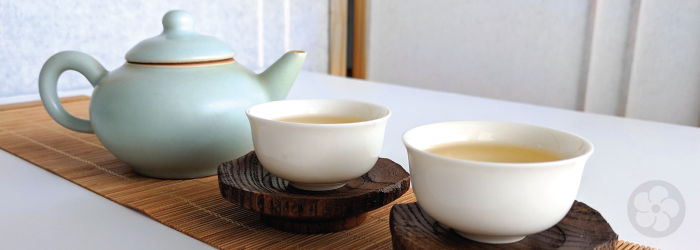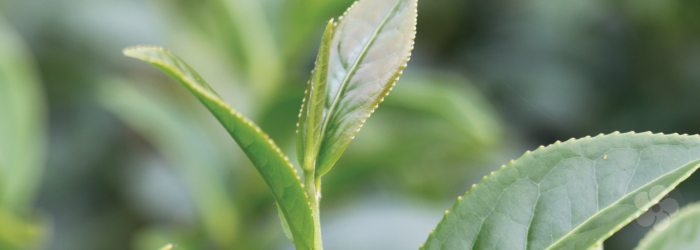Types of Green Tea: Chinese vs. Japanese Crafting Styles
In the modern age, green tea has become one of the most popular styles of tea around the globe, thanks to modern shipping technology and heavily marketed health benefits. But among the common bottled, bagged, and flavored blends, it can be hard to discern the huge variety of natural flavors that result from terroir and crafting techniques. Though there are literally thousands of unique varieties and styles, one easy distinction to make when shopping for loose leaf green tea is between Chinese and Japanese styles.
Despite the fact that both tea traditions stem from the same early Chinese techniques of steaming and compressing green tea leaves, the two styles have diverged dramatically during the intervening millennia. Today, green teas from these two countries contrast in almost every way; from the growing process, to the methods used for crafting, all the way down to the way they’re brewed and served.
Continue reading










